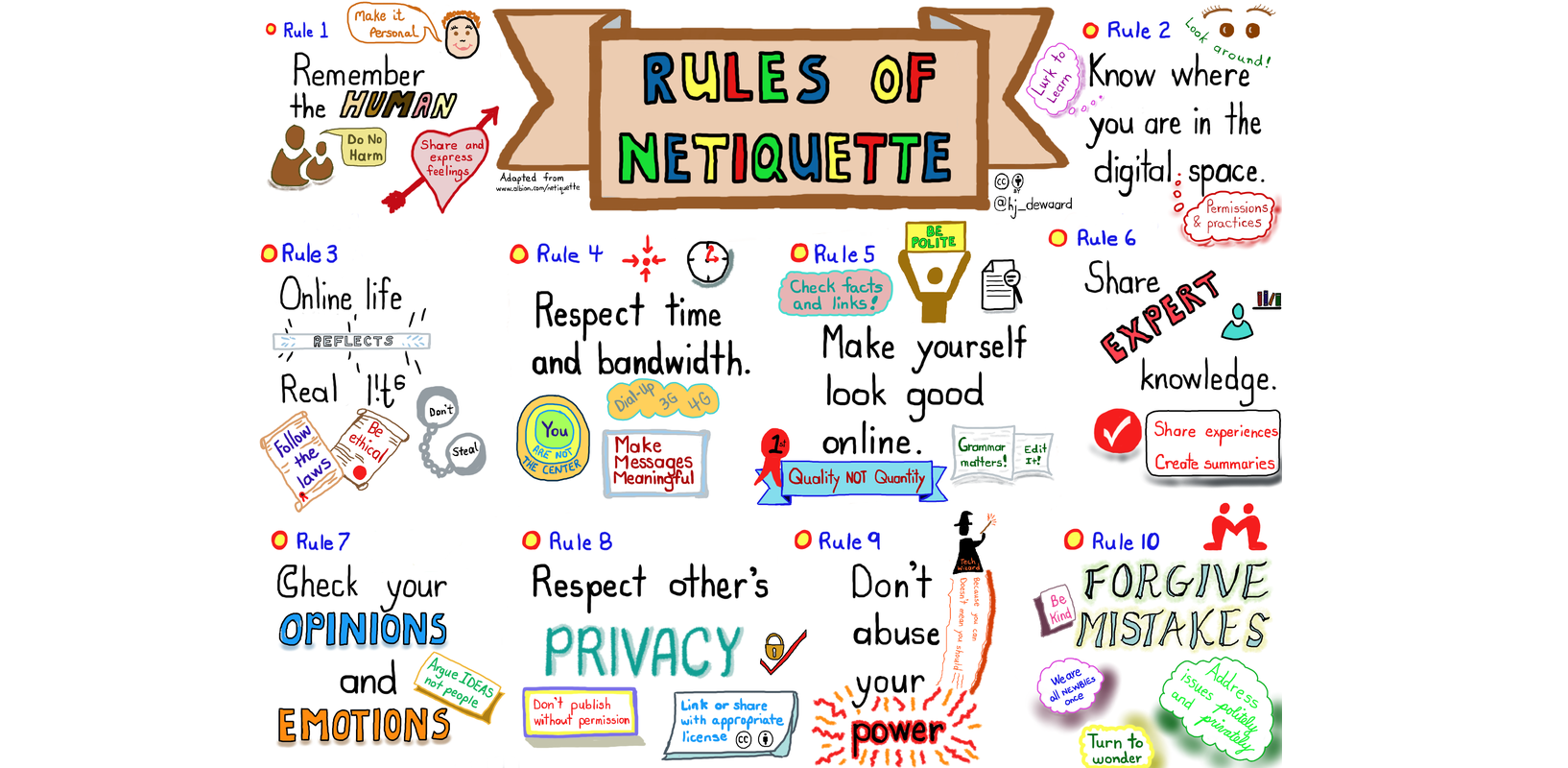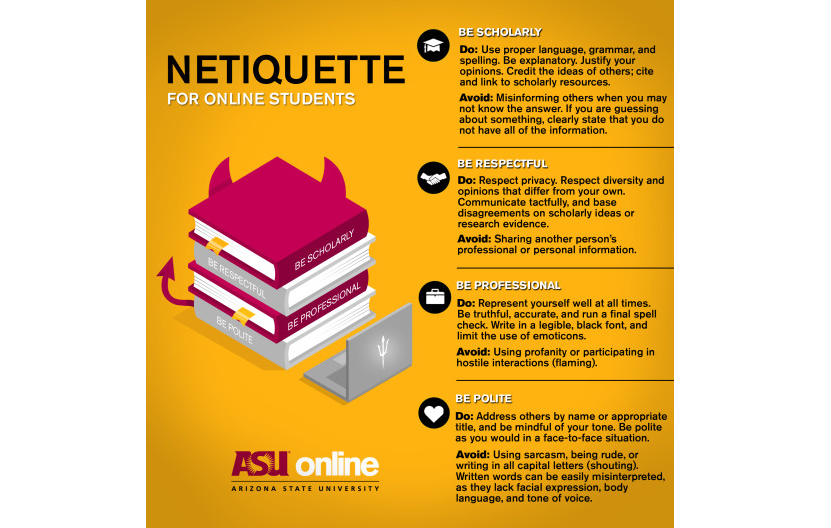Use these norms to set classroom expectations for students at the beginning of the quarter. You may consider using some or all of the suggested norms from this page or think about co-creating norms with your students during the first class of the quarter.

Video Conferencing Expectations for Students
- Please plan to sign onto a Zoom call 2-5 minutes ahead of the designated start time
- Please keep the video on throughout the class time and audio muted when not speaking
- Please reach out via email or Canvas messaging if you have any special circumstance or concerns for Zoom conferencing from home
- Please contact me or the TA via the chat function or email if you are having difficulty with audio or visual during Zoom conferencing.
- Please put all computer notifications on mute and keep your phone or other devices off or away during Zoom conferencing. Close all other tabs and windows. Be present and engaged.
- Please practice courteous and respectful non-verbal communication with all members of the class. Keep eye contact, hand gestures, facial expressions, and body language polite and focused.
- To the extent possible, work in a quiet, non-distracting space. Speak to housemates about limiting interruptions and noise during class time.
- If you would like any additional time to talk about class material, please reach out to the TA or myself directly and we will schedule a call to speak to you.
- [Best for classes of 15+] To signal our/my attention in a large group setting, use the ‘Raise Hand’ function on Zoom or drop questions into the chat function. I will check these periodically throughout the class.
Small-Group Discussion Expectations
- When in small group breakout rooms, please keep track of time and return to the whole session promptly.
- Stay on task and discuss the work assigned by the professor.
- Please practice attentive and responsive listening as well as professional dialogue.
- Use respectful language and body language.
- Remain in the break out room until I/we designate otherwise.
- Select a speaker or scribe to summarize and share your small group’s discussion.
- Individually, take notes during the small group discussion so that you are prepared to share specifics.
Norms to set for Office Hours
For professors and TAs whose Office Hours have consisted primarily of one on one meetings with students.
For office hours, I will send out a [Google Calendar/Zoom scheduling/ Calendly] for each session. Please sign up for a designated time slot either for yourself or with a partner.
- The entire block of time for Office Hours will share one Zoom link. To respect the time of other students, please do not log onto the Zoom call until your time begins.
- Please be professional, come with questions, and be aware of time so that we can wrap in a timely manner for the next student.
- If you would like to request a longer block of time, send me an email and we will schedule accordingly.
For professors and TAs whose Office Hours generally consist of students working on problem sets.
I will send out a Zoom Link for office hours. Log in during these time blocks with questions. If there are more than 5 students logged in simultaneously, I will break you into small groups based on the part of the problem set you are currently working on. Please be respectful of one another, come with questions and with a way to share your work and collaborate.
Discussion Board Expectations for Students
Netiquette for Online Discussion Boards
Mindset: Everything you put online is permanent. Just because you can’t see the person’s face, doesn’t mean they are not human with human feelings and emotions. Your post is a reflection of you as a student and as a person.
First post
- Read the directions and instructions thoroughly and carefully.
- Answer the prompt or the question fully or completely.
- Use and cite evidence properly (either from class readings or outside credible sources).
- Check word count or requirements to make sure you satisfy them.
- Make sure your post is conversational and will ensure further dialogue.
- Do the required reading to find evidence and provide a framework for your post.
- Write a draft somewhere else first.
- Proofread your post several times! First, make sure you answered the questions or posted correctly with proper citations. Check to make sure you are not repeated what someone else already posted. Second, examine your tone. Is it professional? Polite? Respectful? Third, make sure your mechanics, spelling, word choice are correct and polished.
- Learn More:
Responding to someone else’s post in the thread
- Refer back to the class readings to find evidence for your thoughts
- Write a draft somewhere else first
- Proofread your post, following the recommendations above.
- Learn More:
